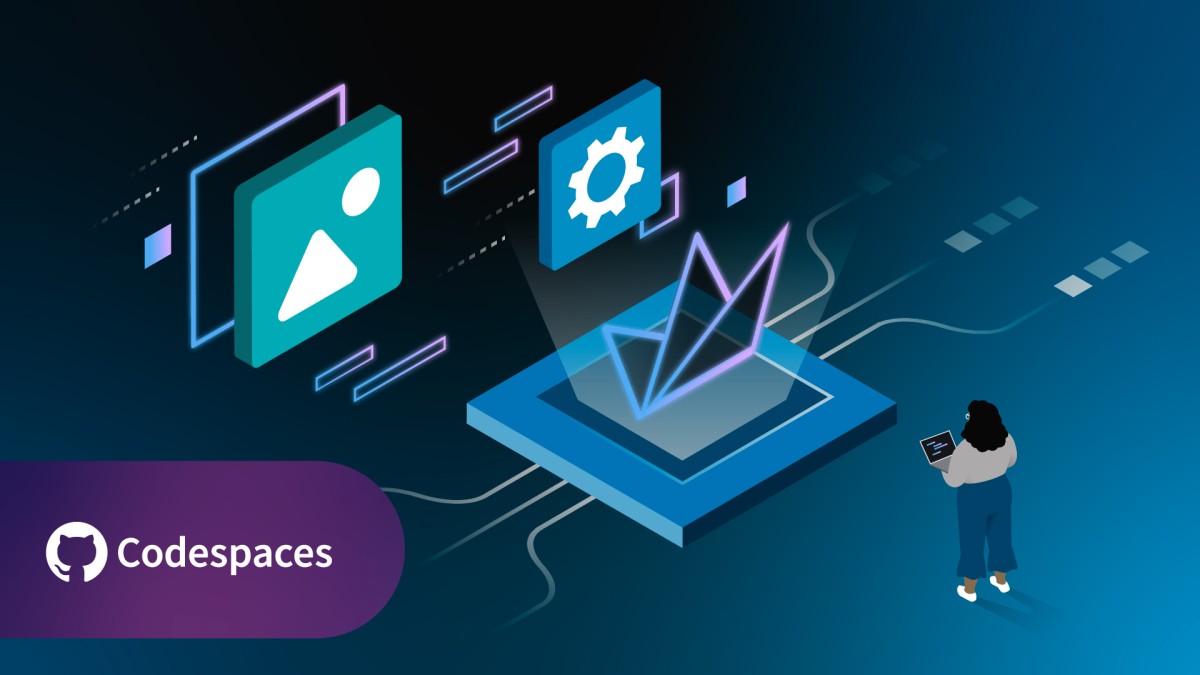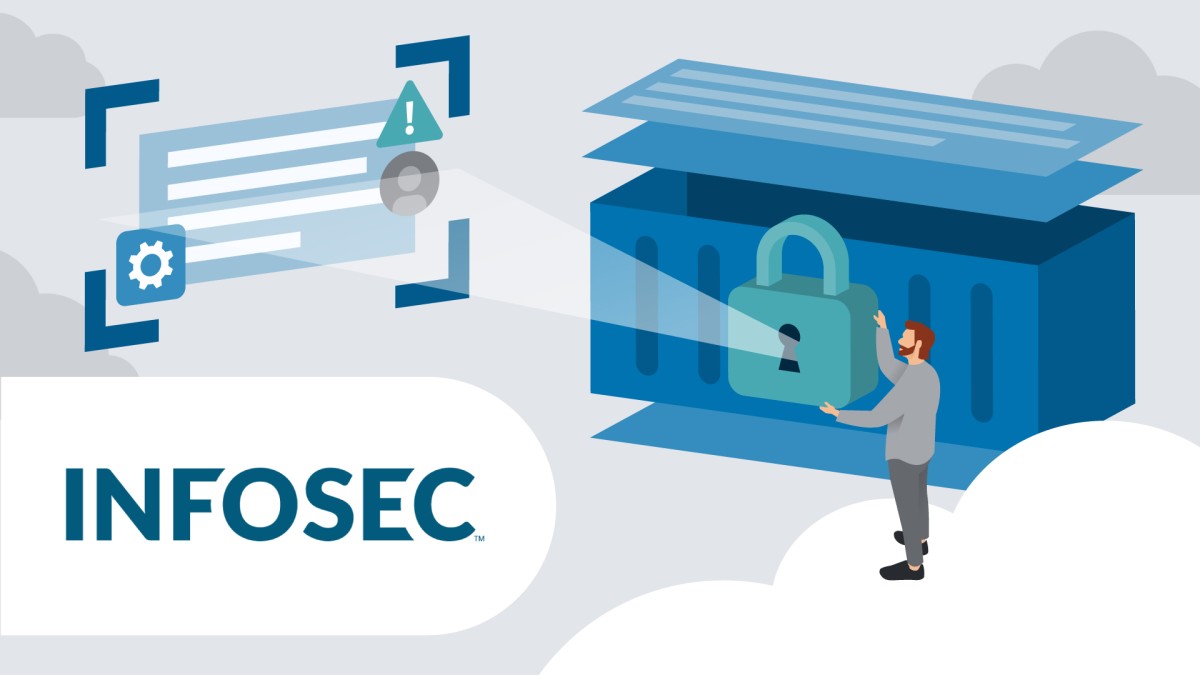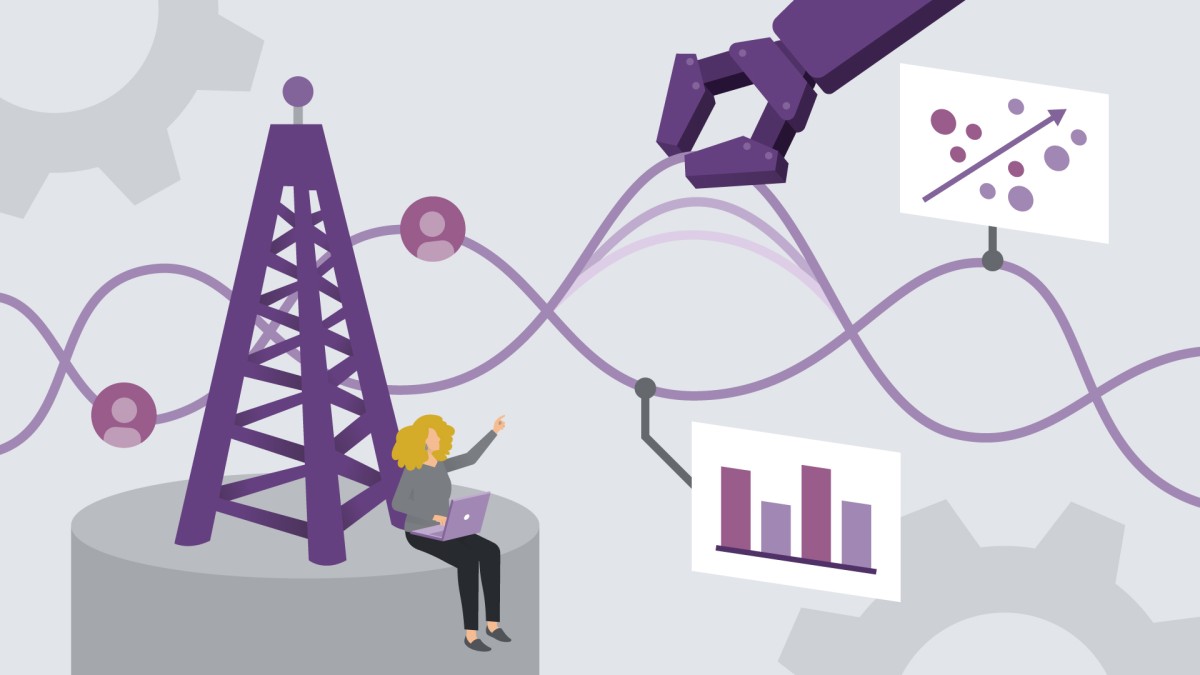Introduction
Introduction to 5G
()
1. 5G Overview
5G fundamentals
()
5G key service areas
()
5G technical capabilities
()
2. 5G Architecture
Telecom network overview
()
Telecom network architecture
()
Building blocks of 5G
()
Network architecture: Traditional vs. 5G
()
Radio access network (RAN)
()
5G New Radio (NR) architecture
()
Transport network architecture
()
Service-aware transport network
()
5G core (5GC) network
()
3. 5G New Radio (NR)
5G spectrum
()
5G NR frame structure
()
5G resource grid
()
NR downlink signals and channels
()
5G NR initial access
()
Synchronization signal block
()
Bandwidth parts (BWP)
()
Orthogonal Frequency Division Multiple Access (OFDMA)
()
Modulation
()
Modulation and coding schemes
()
Duplex
()
Scheduler: Resource allocation
()
Scheduler modes
()
4. 5G NR Design and Planning
Spectrum: Frequency ranges
()
Subcarrier selection
()
SUL and deployment scenarios
()
5G coverage planning: Downlink (DL)
()
5G coverage: Link DL budget calculation
()
5G coverage planning: Uplink (UL)
()
5G coverage: Detailed uplink budget calculation
()
5G peak data rate (throughput) planning
()
5G peak data rate (throughput) calculation
()
5G peak data rate (throughput) different modes
()
5G user plane latency
()
5G user plane latency calculations
()
5. 5G NR Protocols
5G RAN protocol stack
()
Physical layer: DL overview
()
Layer 1: Physical downlink control channel (PDCCH)
()
Simulation: PDCCH
()
Physical downlink shared channel (PDSCH)
()
Simulation: Physical downlink shared channel (PDSCH)
()
Physical uplink control channel (PUCCH)
()
Physical uplink shared channel (PUSCH)
()
Simulation: PUCCH and PUSCH
()
Layer 2: Data flow
()
Layer 2 functions: RLC
()
Layer 2 functions: MAC
()
Layer 2: PDCP
()
Layer 2: SDAP
()
Radio protocol architecture
()
Layer 3: RRC and its states
()
6. 5G Core (5GC)
Core network architecture and reference points
()
Service-based architecture
()
HTTP/2 protocol
()
AMF: Access and mobility management function
()
AMF hierarchy
()
Session management function (SMF)
()
User plane function (UPF)
()
Policy control function (PCF)
()
Unified data management (UDM)
()
Network data analytics function (NWDAF)
()
Network slice selection function (NSSF)
()
Network repository function (NRF)
()
5G core (5GC) network protocols
()
NFV and orchestration overview
()
5GC NFV management and orchestration
()
7. 5G Call Flows: Registration, PDU Establishment, and QoS Flow
Initial access and registration
()
5G call setup flow
()
Key steps during the call setup
()
RRC functions
()
RRC states
()
UE state transitions
()
RRC idle and connected modes
()
Registration messages
()
NSSAI
()
Network slice selection during registration
()
AMF selection and NSSAI handling
()
Context setups in 5G
()
Initial context setup flow
()
PDU session establishment
()
Quality of service (QoS)
()
PDU session and QoS flow management
()
Data radio bearers (DRB)
()
8. 5G Deployment: SA vs. NSA
FR1 and FR2 comparisons, characteristics, and use cases
()
5G deployment options
()
5G deployment options, part two
()
SA architecture (option two) and its benefits
()
Applications of SA
()
NSA architecture (option three): EN-DC
()
Key components and interfaces: EN-DC
()
NSA benefits and limitations, compared to SA
()
9. Dual Connectivity
What is dual connectivity?
()
Primary cell (PCell)
()
PCell roles
()
Primary secondary cell (PSCell)
()
Role of PSCell
()
EN-DC workflow
()
NR-DC concepts and connectivity
()
DC deployment scenarios
()
10. Carrier Aggregation (CA) in NSA and SA
CA overview
()
CA deep dive
()
CA support in NSA and SA
()
Dual connectivity and carrier aggregation
()
SCell configuration
()
EN-DC and CA
()
DC and CA deployment scenario
()
Considerations: UE and NW for CA
()
Scheduling in DC and CA
()
Mobility management in DC and CA
()
CA vs. DC
()
Ex_Files_5G_Architecture.zip
(528 KB)





